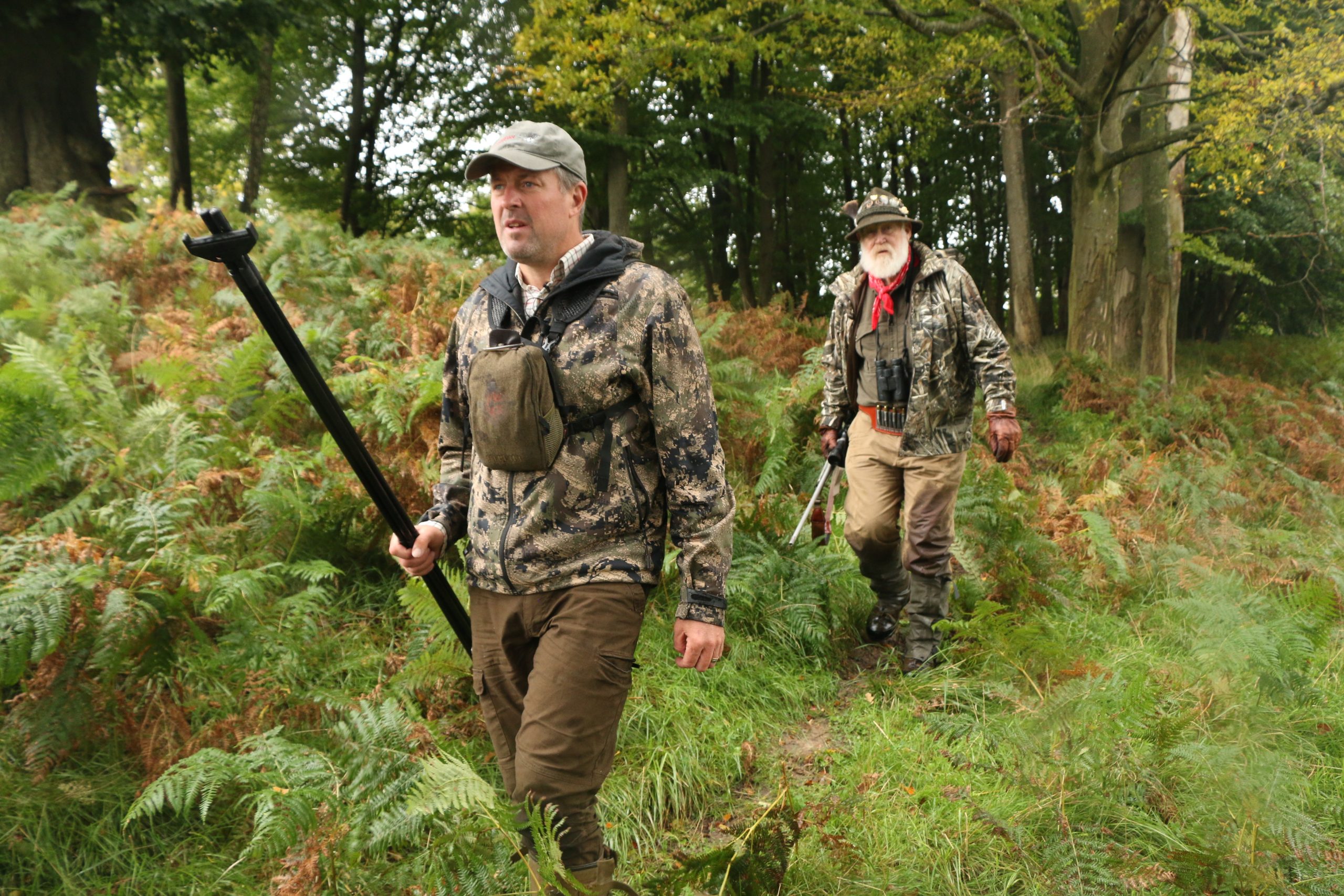Any other data lovers out there?
Out of almost 40,000 different animal and plant pages on Wikipedia representing 52 taxonomic classes and 1,611 families, about 10,000 of them show repeating patterns in page searches every year. The data confirms that human interest in different species follows the species’ seasonality, especially in insects and flowering plants.
For those who still have nightmares about statistics class, the study basically confirmed that people are more likely to web search a species when it is around them. If it is out of sight, it is out of mind (or at least out of the web search).
By recognizing this connection, scientists can better understand the cycles of the public’s interest in biodiversity and adapt strategy for passing conservation policy.

This newly published study analyzed over 2 billion Wikipedia page views from July 2015 to June 2018 to reveal this phenomenon. The scientists from Israel and the United Kingdom found the seasonal connection in plant and animal searches more frequently than with any other genre of searches on Wikipedia.
Some additional finds include: the patterns did not correlate over different languages (in other words, the Portuguese page for the mosquito did not spike in searches at the same time as the English page) and locations at higher latitudes, such as northern Norway, showed a stronger connection to the seasonality.
Check out the attached graphs to see how the patterns looked. For more on the study, check out PLOS Biology’s online publication here.
Source: PLOS Biology, peer-reviewed Journal
Mittermeier JC, Roll U, Matthews TJ, Grenyer R (2019) A season for all things: Phenological imprints in Wikipedia usage and their relevance to conservation. PLoS Biol 17(3): e3000146. https://doi.org/10.1371/journal.pbio.3000146



